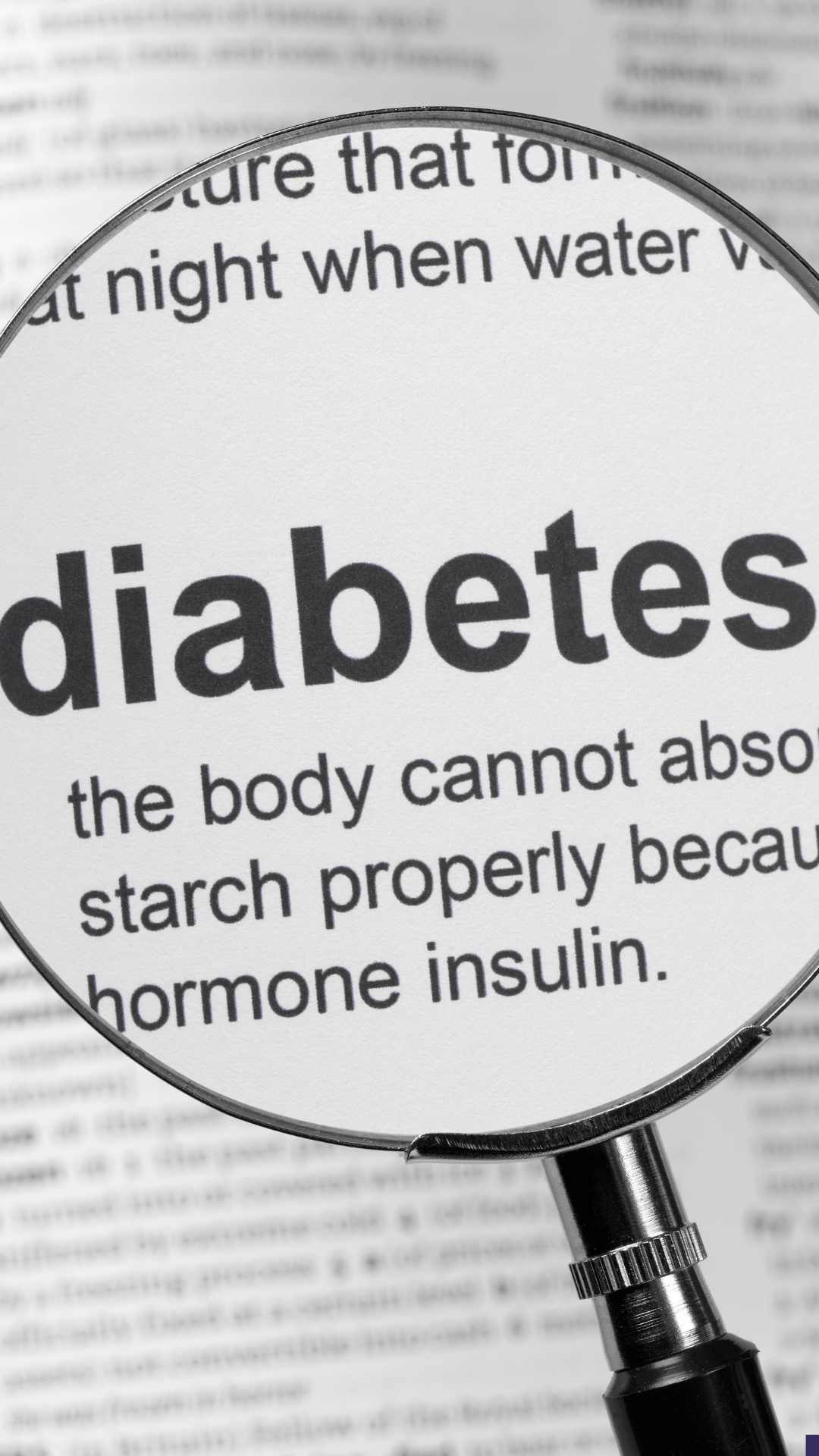Managing Diabetes for a Healthier Life with TruCare
Your Guide to Blood Sugar Control, Healthy Habits, and Long-Term Wellness

Your Guide to Blood Sugar Control, Healthy Habits, and Long-Term Wellness

Diabetes is a chronic health condition that affects how the body processes blood sugar (glucose), which is the primary source of energy for the body’s cells. Normally, the hormone insulin, produced by the pancreas, helps move glucose from the bloodstream into the cells. In people with diabetes, either the body doesn’t produce enough insulin or it doesn’t use insulin effectively, leading to high blood sugar levels.
There are several types of diabetes:
Type 1 Diabetes: An autoimmune condition where the immune system attacks the insulin-producing cells in the pancreas. This type typically develops in childhood or early adulthood, and individuals with Type 1 diabetes require insulin therapy for life.
Type 2 Diabetes: The most common form, often associated with lifestyle factors like diet, physical inactivity, and obesity. In Type 2 diabetes, the body becomes resistant to insulin or the pancreas doesn’t produce enough insulin to maintain normal blood glucose levels. This form of diabetes is often managed with lifestyle changes, medication, and sometimes insulin.

Managing diabetes involves a combination of lifestyle adjustments, monitoring, and sometimes medication to keep blood sugar levels within a target range and prevent complications. Here are key components of effective diabetes management:
1. Healthy Diet and Regular Exercise - A balanced diet combined with regular exercise improves blood sugar control, enhances insulin sensitivity, and helps prevent glucose spikes.
2. Blood Sugar Monitoring: Regular checks help track how food, exercise, and medication affect blood sugar, allowing for timely adjustments.
3. Medication and Insulin: Type 2 diabetes may require medication or insulin, while Type 1 always needs insulin therapy for blood sugar control.
4. Regular Check-Ups: Routine medical visits detect complications early, helping prevent severe issues like nerve damage and kidney disease

Physiologic Insulin Resensitization (PIR) is a groundbreaking multi-patented approach where insulin is administered as a hormone rather than a drug, addressing the primary cause of diabetes, being metabolic failure.

Every patient’s degree of insulin resistance and efficiency of carbohydrate metabolism is unique; so we begin with a consultation to determine medical necessity and establish a physician-directed, individualized care plan.
Each patient’s unique care plan typically includes an “Induction Phase” of 2 infusions per week and reducing to 1 per week for about 90 days, and a “Maintenance Phase” focused on finding the balance between an optimized metabolism and insulin sensitivity while extending as much time as possible between treatments.
Typically, our Type 2 Diabetic, Prediabetic, and Nondiabetic patients reduce from 3-hour infusions to 2-hour and achieve four to six weeks between infusions while maintaining optimized metabolism and insulin sensitivity.

Prevention, especially of Type 2 diabetes, is largely achievable through lifestyle choices. Here are some ways to reduce the risk of developing diabetes:
 Maintain a Healthy WeightExcess weight, especially around the abdomen, increases insulin resistance and raises the risk of Type 2 diabetes. Aim for a balanced diet and regular physical activity to maintain a healthy weight.
Maintain a Healthy WeightExcess weight, especially around the abdomen, increases insulin resistance and raises the risk of Type 2 diabetes. Aim for a balanced diet and regular physical activity to maintain a healthy weight. Eat a Balanced Diet:Opt for a diet high in fiber and low in refined carbohydrates and sugars. Foods rich in fiber, like vegetables, fruits, and whole grains, help regulate blood sugar and maintain a healthy weight.
Eat a Balanced Diet:Opt for a diet high in fiber and low in refined carbohydrates and sugars. Foods rich in fiber, like vegetables, fruits, and whole grains, help regulate blood sugar and maintain a healthy weight. Get Regular Health ScreeningsIf you’re at high risk for diabetes (due to age, family history, or other factors), regular screenings can help detect prediabetes or early signs of Type 2 diabetes. Early intervention can significantly reduce the risk of developing diabetes
Get Regular Health ScreeningsIf you’re at high risk for diabetes (due to age, family history, or other factors), regular screenings can help detect prediabetes or early signs of Type 2 diabetes. Early intervention can significantly reduce the risk of developing diabetes Avoid Smoking and Limit AlcoholSmoking increases insulin resistance and the risk of diabetes. Excessive alcohol intake can also disrupt blood sugar levels, so it’s best to drink in moderation.
Avoid Smoking and Limit AlcoholSmoking increases insulin resistance and the risk of diabetes. Excessive alcohol intake can also disrupt blood sugar levels, so it’s best to drink in moderation. Stay ActiveRegular physical activity not only helps control weight but also improves insulin sensitivity. Aim for a mix of aerobic and strength training exercises to maximize benefits.
Stay ActiveRegular physical activity not only helps control weight but also improves insulin sensitivity. Aim for a mix of aerobic and strength training exercises to maximize benefits. Manage StressChronic stress can raise blood sugar levels. Incorporating relaxation practices, such as yoga, meditation, and hobbies, can improve mental health and reduce diabetes risk.
Manage StressChronic stress can raise blood sugar levels. Incorporating relaxation practices, such as yoga, meditation, and hobbies, can improve mental health and reduce diabetes risk.Diabetes is a condition that requires mindful management and lifestyle changes. For those already living with diabetes, effective management can prevent complications and improve quality of life. For those at risk, adopting healthy habits, like regular exercise and a nutritious diet, can significantly reduce the likelihood of developing Type 2 diabetes.
Here's what they have to say
Greg has been in therapy for an extended period. When he began monitoring his hemoglobin A1c (HbA1c)—a blood test that tracks average blood sugar levels over the past three months—his level was 6.8, but it has since improved to 5.6.
A normal A1C level is considered to be below 5.7%, while a level of 6.5% or higher indicates diabetes; a range between 5.7% and 6.4% is classified as prediabetes.
Key points about A1C levels:
Normal: Less than 5.7%
Prediabetes: 5.7% to 6.4%
Diabetes: 6.5% or higher

Frequently asked questions answered
Tools, Tips, and Support for a Healthier Life with Diabetes